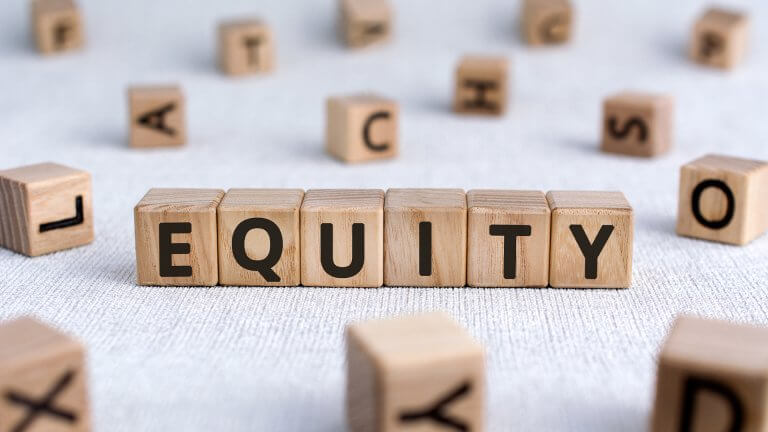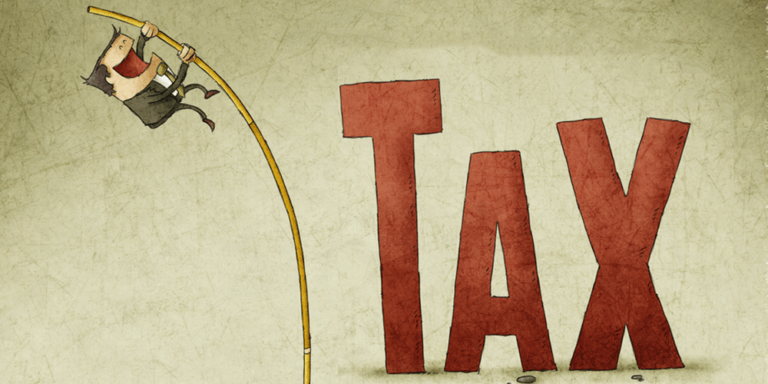
By Serge Santos
In the world of investing, few concepts are as misunderstood [or as costly] as risk. Investors have a tendency to confuse risk with uncertainty – a mistake that can lead to overconfidence, poor decisions and significant financial losses.
‘Risk’ is applied to situations where potential outcomes are known and can be reliably estimated with some degree of confidence. ‘Uncertainty’, on the other hand, describes instances where outcomes and their probabilities can’t be accurately predicted. Events like the COVID-19 pandemic or sudden regulatory changes fall into this latter category – highly consequential but largely unpredictable.
The most dangerous mistakes happen when investors treat uncertainty as if it were risk. This false sense of control often results in unstable strategies that collapse when reality deviates from the plan.
To understand how this confusion plays out, it’s helpful to look at three scenarios that entrepreneurs frequently encounter: business acquisitions, litigation and investing in the stock market.
SME acquisitions: The illusion of operational clarity
When I acquired my business, Compressed Air Centre, I performed thorough due diligence, from scrutinising finances and operations to drafting transition plans. On paper, the transaction was well-planned, but once I took ownership, it became clear that planning could only take me so far.
Despite my best efforts, staff dynamics changed, operational adjustments took longer than expected and integrating company culture proved more complex than anticipated. Even my capital estimates, buffered for uncertainty, needed to be revised once the real demands of scaling became clear.
The issue with SME acquisitions is that, even though risk can be measured, real-world results often come down to variables you can’t quite predict. Sellers always have better knowledge of the business, and some weaknesses lie beneath the surface until after the transaction is complete.
Customers or suppliers may not remain loyal under new management and, even if the fundamentals are sound, turning a business’ potential into profitable, sustainable performance takes time, effort and determination.
Business is probabilistic, not deterministic. Every spreadsheet is ultimately a set of assumptions, and success in acquisition depends as much on flexibility, humility and the ability to handle problems when they occur as it does on analysis.
Litigation: Where uncertainty dominates
Legal disputes are another area in which uncertainty can be mistaken as risk. A case might be simple enough on paper – you have a contract, solid evidence and a strong legal team – but once litigation gets under way, predictability quickly thins.
Imagine a small company is pursuing a claim against a large, listed business which isn’t fulfilling a contract. The claim may be strong in principle, but litigation hinges on so much more than facts and logic. Contracts can be reinterpreted, opposing lawyers can introduce doubt and procedural tactics can derail even the clearest case.
The financial burden of lawsuits is another crucial factor. Smaller businesses will likely not to be able to endure a lengthy legal process, giving larger firms a strategic advantage. Outcomes become further complicated by unpredictable factors, such as the way judges interpret the law, how well witnesses perform and what evidence emerges or remains hidden during discovery.
Litigation, therefore, is less like a calculated investment and more like a high-risk gamble. Even with good preparation, too many things are beyond your control. Clear-eyed recognition of these unknowns is needed before taking legal action.
The Stock Market: Logical on paper, illogical in practice
Unlike court cases or acquisitions, the stock market operates in an environment of abundant data. Historical returns, volatility patterns and asset behaviour are all well documented and, in theory, this should support rational decision-making.
In reality, however, many investors struggle. One of the most prevalent mistakes is failing to invest on a regular basis, thereby missing out on compounding returns. Others fall victim to time bias, thinking that markets always bounce back quickly, even though recoveries can be slow. Retail investors also face structural disadvantages in markets increasingly dominated by institutions with better speed, tools and information.
Attempting to outperform the market by active trading more often leads to issues than solutions, and seeking short-term profits increases exposure without consistently improving returns. Meanwhile, not diversifying maximises risk, and emotional decisions, such as panic selling during downturns or hesitating in upswings, often lead to bad timing.
Leverage increases this weakness. Investing with borrowed money can increase gains, but it also increases losses, and a market move in the wrong direction can produce rapid, forced liquidations. In addition, the compounding effect of losses is widely misunderstood. A 30 percent drop doesn’t require a 30 percent gain to recover – it requires a 43 percent gain, but this nuance isn’t understood by many.
The issue with public markets isn’t the lack of information, it’s human behaviour. Most investors don’t lose due to the risk profile of the market. They lose because they overestimate their own ability to manage it.
Getting it right: Calibrating risk, not avoiding it
The aim of investment is not to eliminate risk, but to take the right risks in the right proportions. This requires a focus on opportunities where the upside potential is great, and the downside potential is limited. These asymmetric bets in which the smaller losses are offset by large potential gains are generally the best use of capital.
Intelligent risk-taking might include acquiring a business with favourable terms, developing skills while still employed or using external capital responsibly. In all instances, the structure of the deal minimises downside risk while maintaining upside potential.
A Stoic mindset towards risk is particularly valuable. It involves visualising the worst-case scenario and planning accordingly. Pursue ambitious outcomes, but never without a fallback plan.
Equally important is understanding your own risk appetite. Betting too aggressively early on can shorten your journey, whereas staying in the game by making correct bet sizing and consistent, rational decisions is what creates long-term success.
And remember, stories of huge wins are only the visible tip of the iceberg. Survivorship bias hides the much larger number of investors who failed. Sensible, methodical decisions – rather than sensational ones – are the foundation of sustainable wealth.
Final thoughts
Risk and uncertainty are unavoidable in every investment, but confusing the two is where real damage happens. Great investors and business builders aren’t those who try to predict the future with certainty, but those who devise plans that can absorb shocks and adapt to the unexpected.
Control will always be limited, but through thoughtful calibration, emotional discipline and strategic preparation, risk can be turned into opportunity, and uncertainty into an advantage. That’s what separates gamblers from great operators: not the ability to predict the future, but the discipline to prepare for it.






















